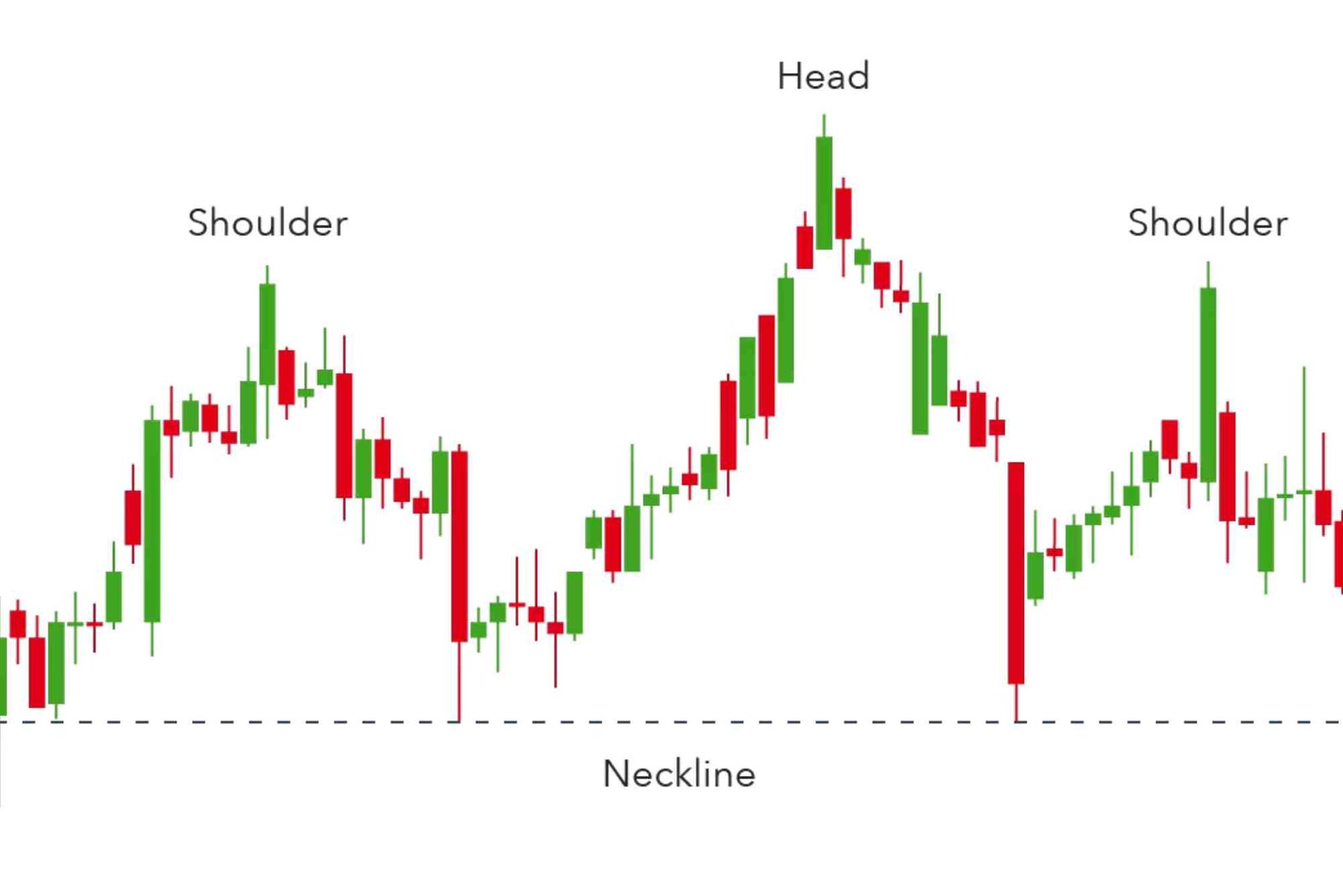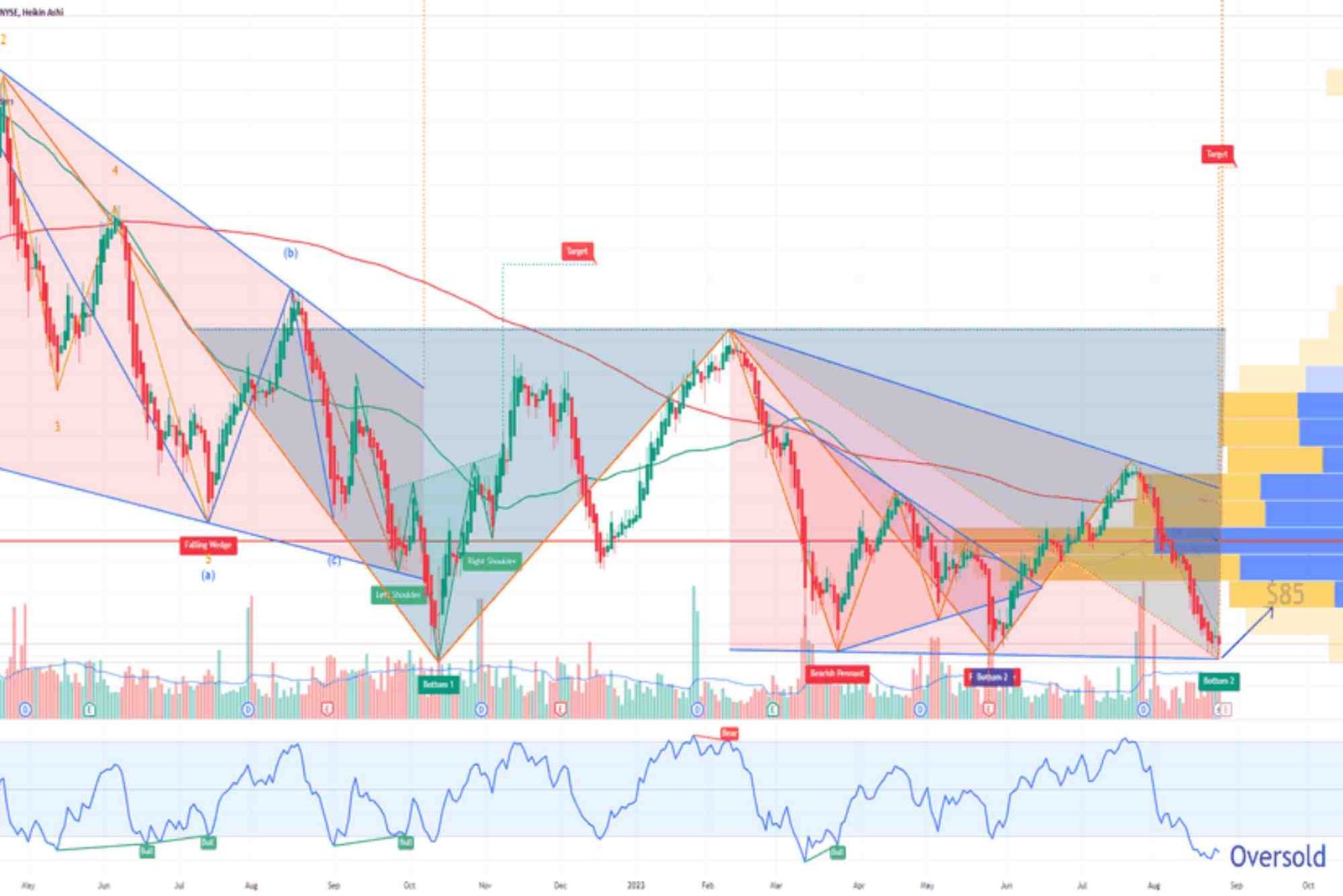Buying a home purely as an investment can be an exciting venture—after all, owning bricks-and-mortar that appreciate over time is one of the classics of wealth-building. But what happens when you fall in love with the very house you purchased to let out or flip? Can you move in? In my years of navigating mortgages, landlord regulations, and personal finance, I’ve wrestled with this question more times than I can count. Here’s a deep dive into whether you can live in a property you initially bought for investment, practical tips on financing the purchase, and even how products like a Fab bank credit card or an emirates nbd personal loan can play into your strategy.
Understanding Investment Properties Versus Primary Residences
At the heart of this question is the distinction between an investment property and your primary residence. Lenders and tax authorities treat these two categories very differently. When you apply for a mortgage on a home you intend to live in, you’ll generally receive lower interest rates and down‑payment requirements, because data suggests owner‑occupiers default less often than landlords or speculators. Conversely, mortgages on investment properties—whether they’re buy‑to‑lets or holiday homes—often carry higher rates, larger down‑payment minimums, and stricter income‑verification rules.
From a tax perspective, renting out a property can allow you to deduct expenses like maintenance, insurance, and mortgage interest. But once you occupy that space, you lose many of those write‑offs. It’s crucial to be clear with your lender: declaring a home as an investment when it’s actually your primary residence could breach your mortgage terms. Conversely, telling them you plan to live in a unit you intend to rent out may mean missing out on beneficial “investment‑property” financing options.
Living in Your Investment Property: Legal and Mortgage Considerations
Before swapping that “For Rent” sign for a welcome mat, check the fine print on your mortgage contract. Many lenders impose occupancy clauses that require you to live in a home for at least six months to a year if you’ve declared it as a primary residence. If you bought with an investment‑property mortgage, the bank might prohibit you from ever occupying it, or impose hefty penalties if you do.
In practice, some buyers are successful at negotiating a change of status with their lender after the first year, especially if they’ve demonstrated timely payments. Others simply refinance into a primary‑residence loan once they move in, taking advantage of the lower rates. That’s where knowing your financing options pays off.
Financing Your Move: When Credit Cards Can Help
Smartly using a fab bank credit card can bridge gaps in your cash flow when you’re between mortgages or renovating the place before you move in. Many of these cards offer introductory 0% interest periods on purchases or balance transfers, meaning you can front the costs of minor repairs, furniture, or insurance premiums without immediate interest charges. I once used a fab bank credit card with a 12‑month 0% purchase offer to outfit my kitchen after buying an investment condo; by the time the introductory period ended, the mortgage refinance had closed, and I was able to shift outstanding balances into my regular bank account.
Of course, credit cards carry risks, particularly overspending or high post‑intro APRs if you don’t pay off the balance in time. Always map out a repayment plan before charging thousands of dirhams in renovation costs. If you foresee needing a longer‑term financing cushion, compare that option to a small personal loan.
Why an Emirates NBD Personal Loan Might Be a Better Fit
Suppose you need a lump sum to cover bigger renovation bills—say, structural work, re‑plumbing, or new solar panel installation. In that case, an emirates nbd personal loan can be an attractive alternative. Unlike credit-card financing, personal loans from Emirates NBD typically lock you into fixed monthly payments over a set term, with interest rates that can be competitive if you have a strong credit profile.
I helped a friend secure an Emirates NBD personal loan of AED 200,000 at a fixed 6.5% annual rate to convert a duplex originally bought for rental into his primary residence. He structured the loan so that its term ended just as his mortgage’s fixed‑rate period expired, allowing him to seamlessly fold all liabilities into one refinance down the line. The key benefit: knowing exactly how much you owe each month, without worrying about credit‑card rate hikes.
Tax Implications of Changing Your Property’s Status
Switching an investment property into your primary residence has tax consequences worth considering. In many jurisdictions, capital‑gains exemptions apply only to your primary home—so if you live in it for at least two years out of five before selling, you may exclude a significant portion of the profit from taxes. That benefit can outweigh lost rental deductions, especially in high‑growth areas.
However, if you’ve already been claiming depreciation or maintenance expenses on that property as an investment, you’ll need to “recapture” that depreciation when you sell. That recaptured amount is taxed as ordinary income, so it’s essential to model the after‑tax outcome carefully. Consulting a tax advisor with experience in real estate is always advisable before making the switch.
Real‑World Examples: Success Stories and Cautionary Tales
One of my former clients, a marketing executive, purchased a townhouse in Jumeirah Village Circle intending to rent it out. Two years later, he decided to move in with his family. We refinanced the mortgage into a primary‑residence loan—dropping his rate by 1%—but he lost the ability to deduct rental expenses going forward. Still, the lower mortgage rate and the capital‑gains exclusion he secured by living there for three out of the next five years netted him a sizable after‑tax win.
Conversely, I know a landlord who quietly moved into his investment apartment to avoid a rent freeze, but because he hadn’t informed the bank and kept treating it as an investment property, he faced a steep penalty for “occupancy misrepresentation.” The moral: always be transparent with your lender.
Practical Tips Before You Make the Move
First, review your mortgage agreement for occupancy clauses. If you bought with an investment‑property loan, ask the bank about the process and cost to convert it to an owner‑occupier loan. Next, compare financing options: a fab bank credit card can cover short‑term expenses, while an emirates nbd personal loan might be more cost‑effective for larger, longer‑term needs. Third, run the numbers on tax implications—especially depreciation recapture versus capital‑gains exclusions—so you aren’t blindsided at sale time.
Finally, consider personal factors: emotional attachment, proximity to work or schools, and even community vibe. After all, a home is more than numbers; it’s where you build memories.
Final Thoughts
Yes—you can live in a house you bought for investment, but only if you navigate mortgage terms, tax rules, and financing options thoughtfully. By leveraging tools like a fab bank credit card for renovation outlays or an Emirates NBD personal loan for larger projects, you can smoothly transition from landlord to homeowner. The payoff may be lower interest rates, tax breaks when you sell, and the satisfaction of turning an investment into your own sanctuary. Just be sure to keep everything above board with your lender and tax authority—then enjoy the best of both worlds: a home that’s both a place to live and a smart financial asset.









